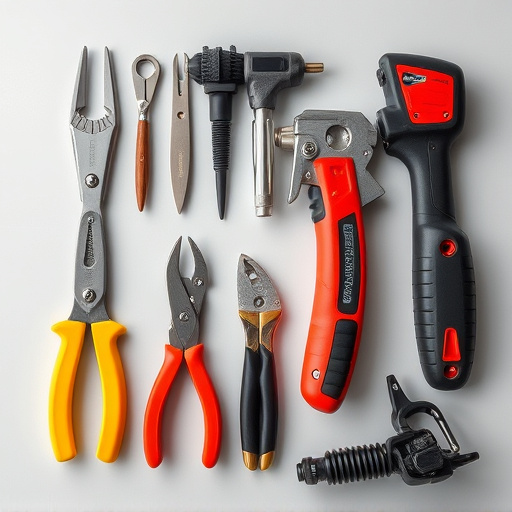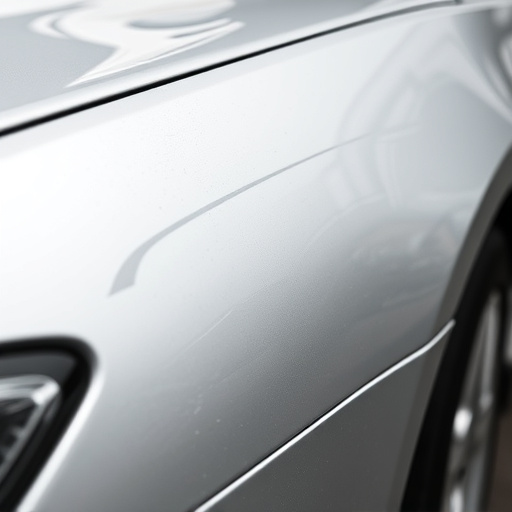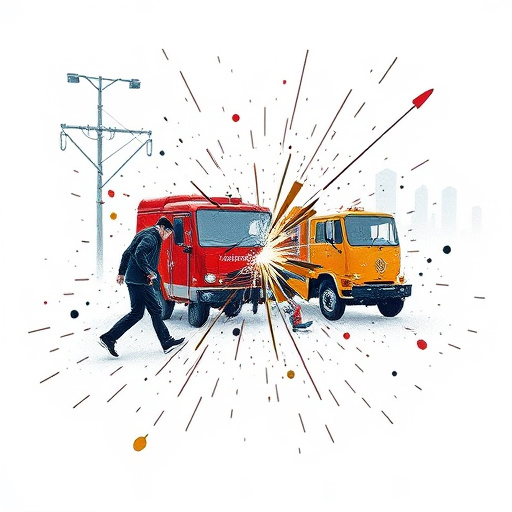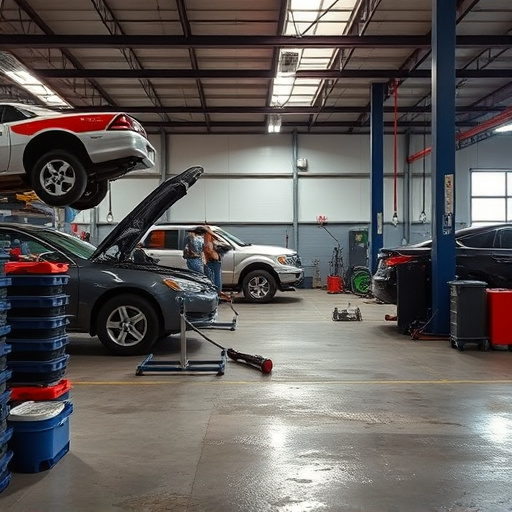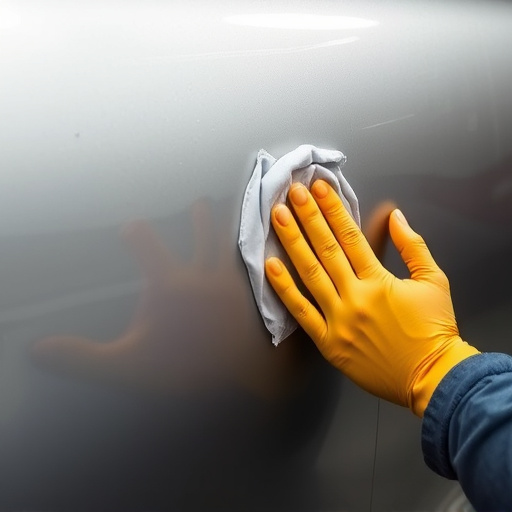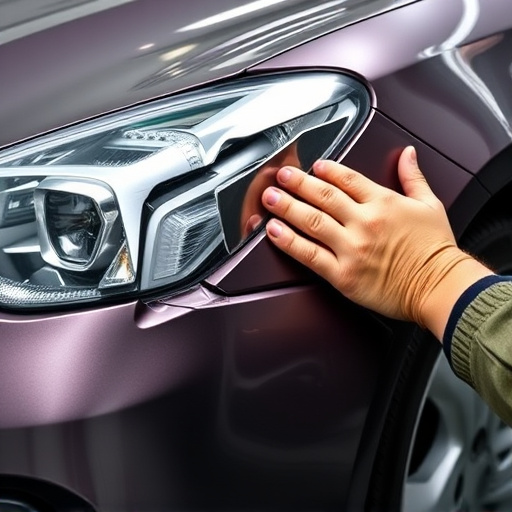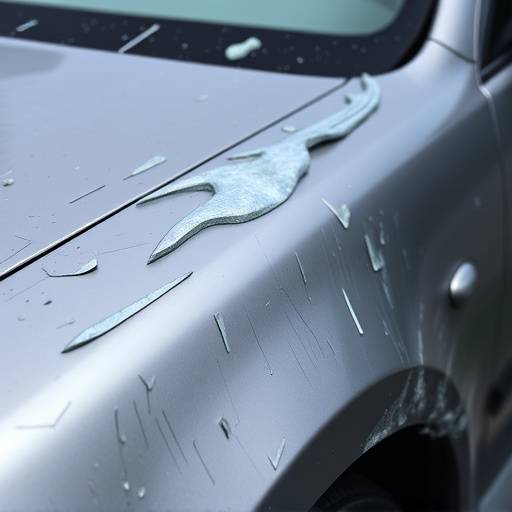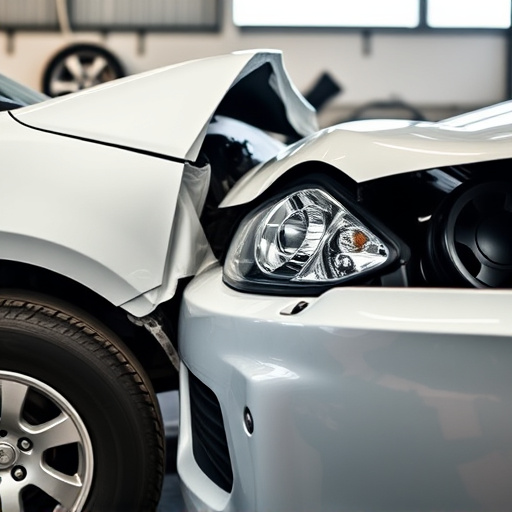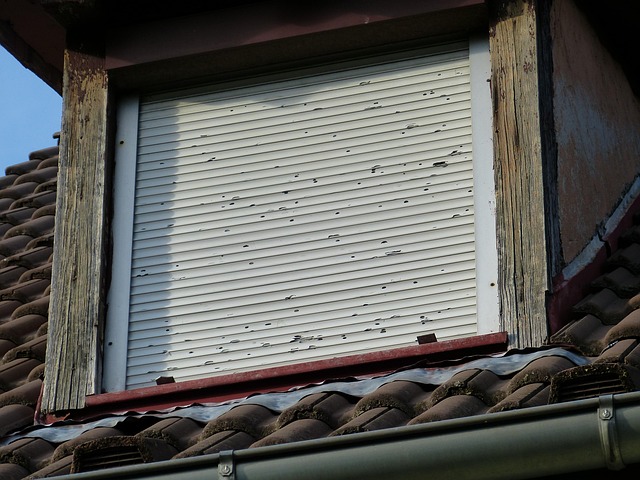Winter's harsh conditions cause significant vehicle rust damage, affecting structural integrity and safety. Early detection through professional inspections is crucial. Repairs involve sandblasting, priming, repainting, and preventive measures like washing, drying, and applying rust inhibitors. Quality car paint services enhance resistance to future rust damage, ensuring vehicle longevity.
As winter transitions into spring, many vehicle owners discover the detrimental effects of cold-weather exposure. Rust repair after winter damage is a critical issue that not only compromises aesthetics but also poses significant safety risks. This article delves into understanding the causes of winter damage and rust formation, assessing their impact on vehicle safety, and offering effective strategies for repairing and preventing future issues. By implementing these practices, you can ensure your vehicle remains safe and reliable throughout all seasons.
- Understanding Winter Damage and Rust Formation
- Evaluating the Impact on Vehicle Safety
- Effective Strategies for Rust Repair and Prevention
Understanding Winter Damage and Rust Formation
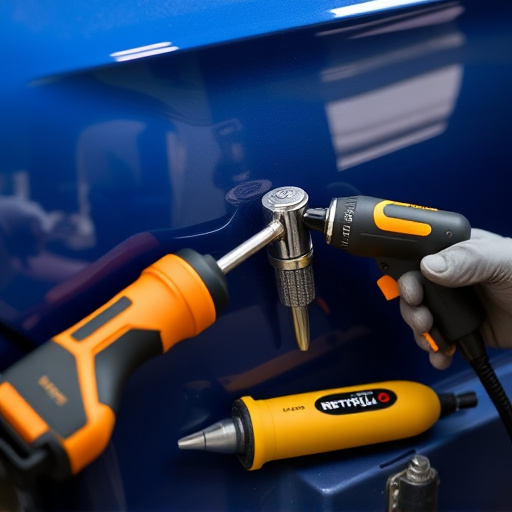
Winter can be a harsh season for vehicles, leading to various types of damage that may go unnoticed until spring arrives. One of the most common issues is rust formation, which often manifests as discoloration and weakened metal structures. This is primarily due to exposure to moisture and salt during snow and ice removal, creating an ideal environment for rust to develop over time. As such, understanding winter damage is crucial in assessing vehicle safety, especially when considering rust repair after winter damage.
The process of corrosion can weaken car frames, panels, and underbody components, compromising structural integrity. A thorough inspection by a professional car body shop is essential to identify these issues early. Prompt action is vital as rust repairs require a meticulous approach. Skilled technicians employ specialized techniques for automotive collision repair, ensuring that the affected areas are not only replaced but also treated to prevent further corrosion, thereby enhancing vehicle safety and longevity.
Evaluating the Impact on Vehicle Safety
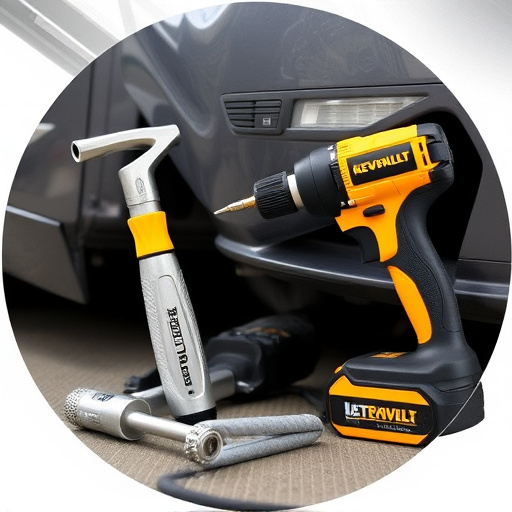
After a long, harsh winter, many vehicles suffer from rust damage, especially in regions with high humidity levels. This can have significant implications for vehicle safety. Rust repair after winter damage is not just about aesthetics; it’s crucial to assess and mitigate any structural weaknesses that may have developed over the cold season. Even minor rust spots can compromise a vehicle’s integrity, affecting its ability to protect occupants in case of an accident.
Proper evaluation of rust repair needs involves examining every corner of the affected areas, from chassis components to panel edges. Auto body repairs focused on addressing these issues are essential to ensure the vehicle meets safety standards. A visit to a collision repair center can help identify hidden damage and provide expert advice on the best course of action, whether it’s limited touch-ups or more extensive restoration work, ultimately enhancing road safety for all passengers.
Effective Strategies for Rust Repair and Prevention

When addressing rust repair after winter damage, a multi-faceted approach is key. Begin with thorough inspection to identify and assess the extent of corrosion. Once detected, prompt action is crucial. Sanding affected areas gently removes damaged paint and metal, preparing the surface for effective rust repair. Using automotive-grade primers and paints specifically designed to resist rust ensures long-lasting protection.
Implementing preventive measures is equally vital. Regular washing and drying post-winter helps deter moisture build-up, a primary cause of rust. Applying rust inhibitors or undercoating can provide an extra layer of defense against corrosive elements. Opting for quality car paint services or conducting DIY car paint repair with the right tools and techniques can significantly enhance your vehicle’s resistance to future rust damage, ensuring its safety and longevity.
Rust repair after winter damage is crucial for maintaining vehicle safety. By understanding how frost, salt, and varying temperatures contribute to rust formation, you can better evaluate potential risks. Evaluating these impacts allows proactive measures to be taken, ensuring your vehicle remains a reliable mode of transportation. Implementing effective strategies for rust repair and prevention not only enhances safety but also preserves the vehicle’s longevity. In today’s digital era, being informed about these issues enables folks to make informed decisions and stay ahead of potential hazards on the road.
